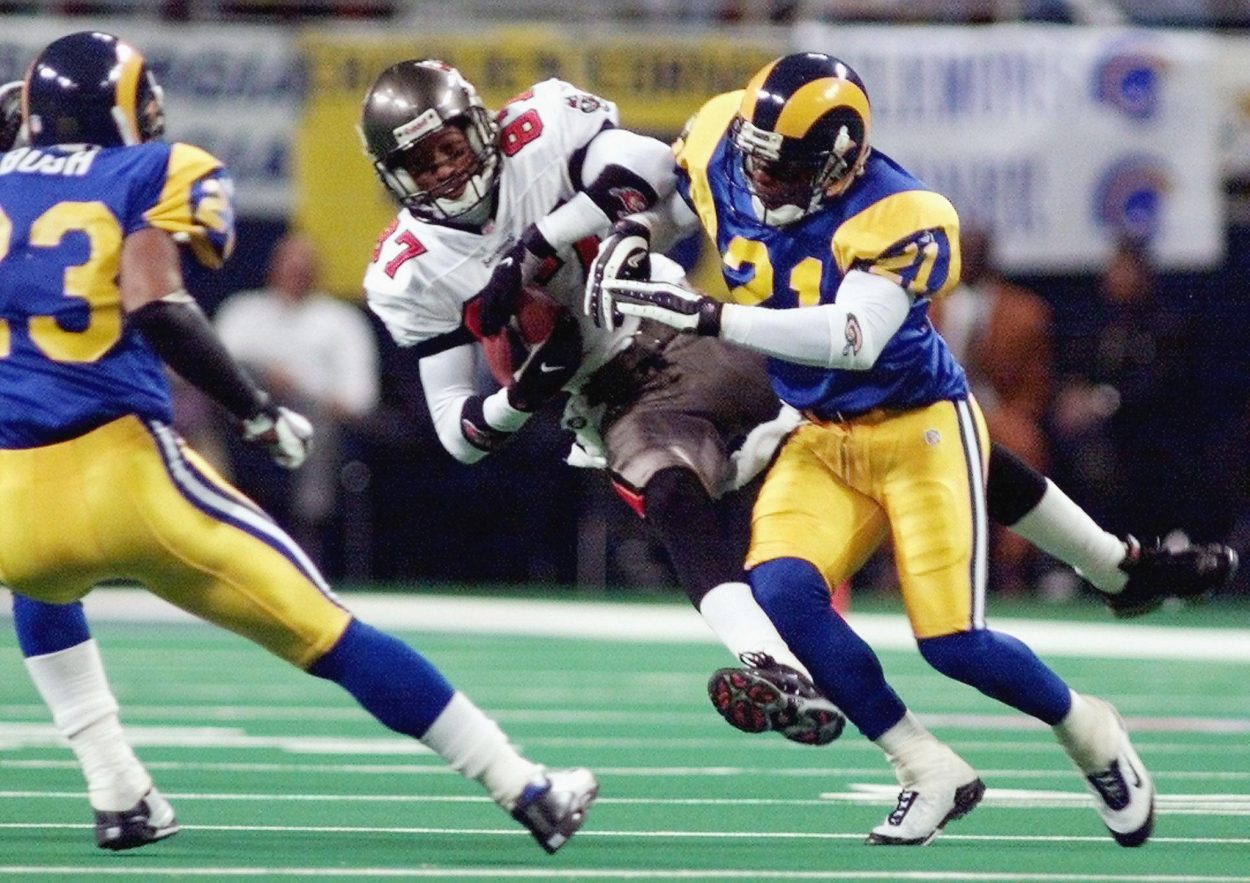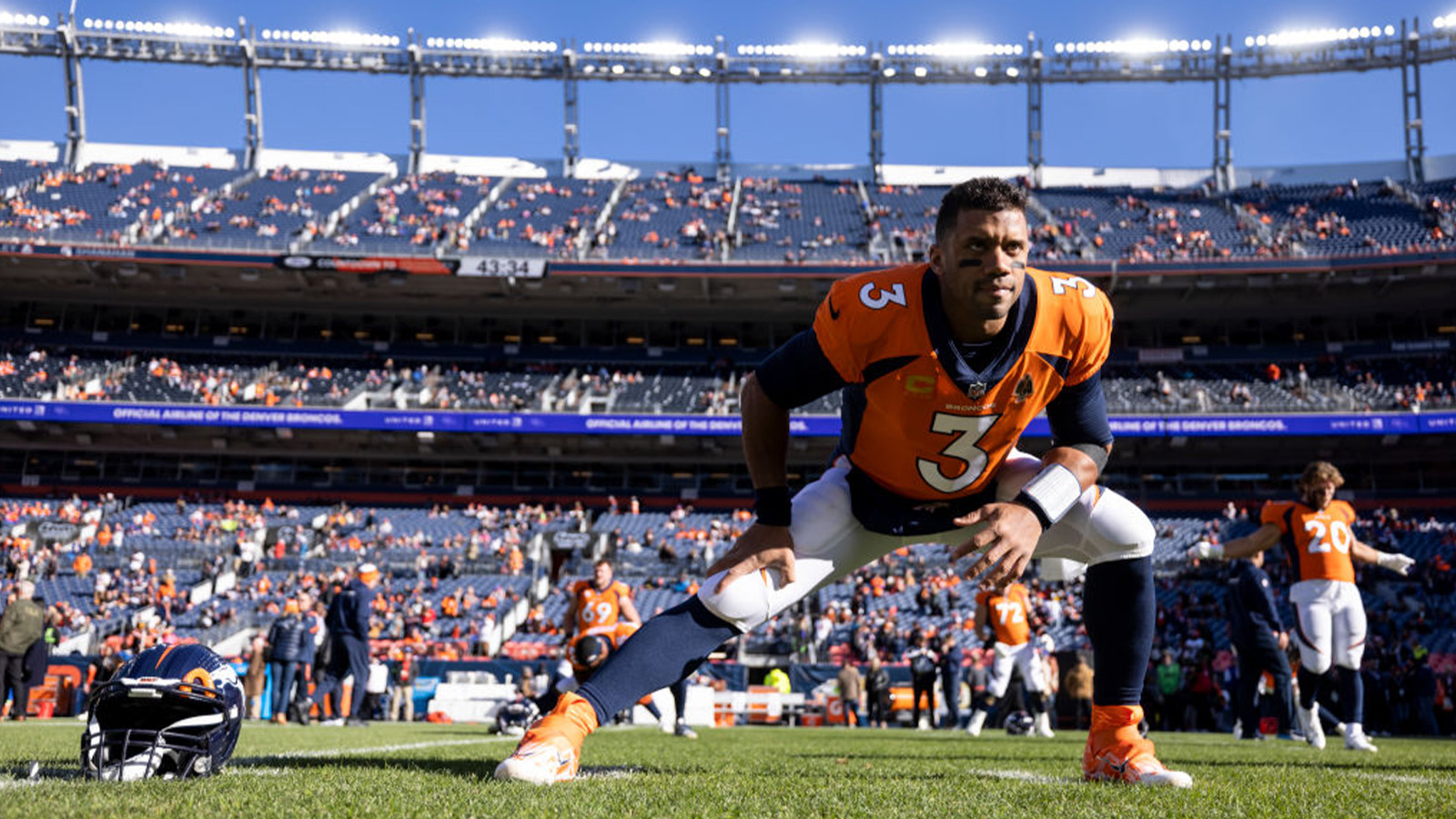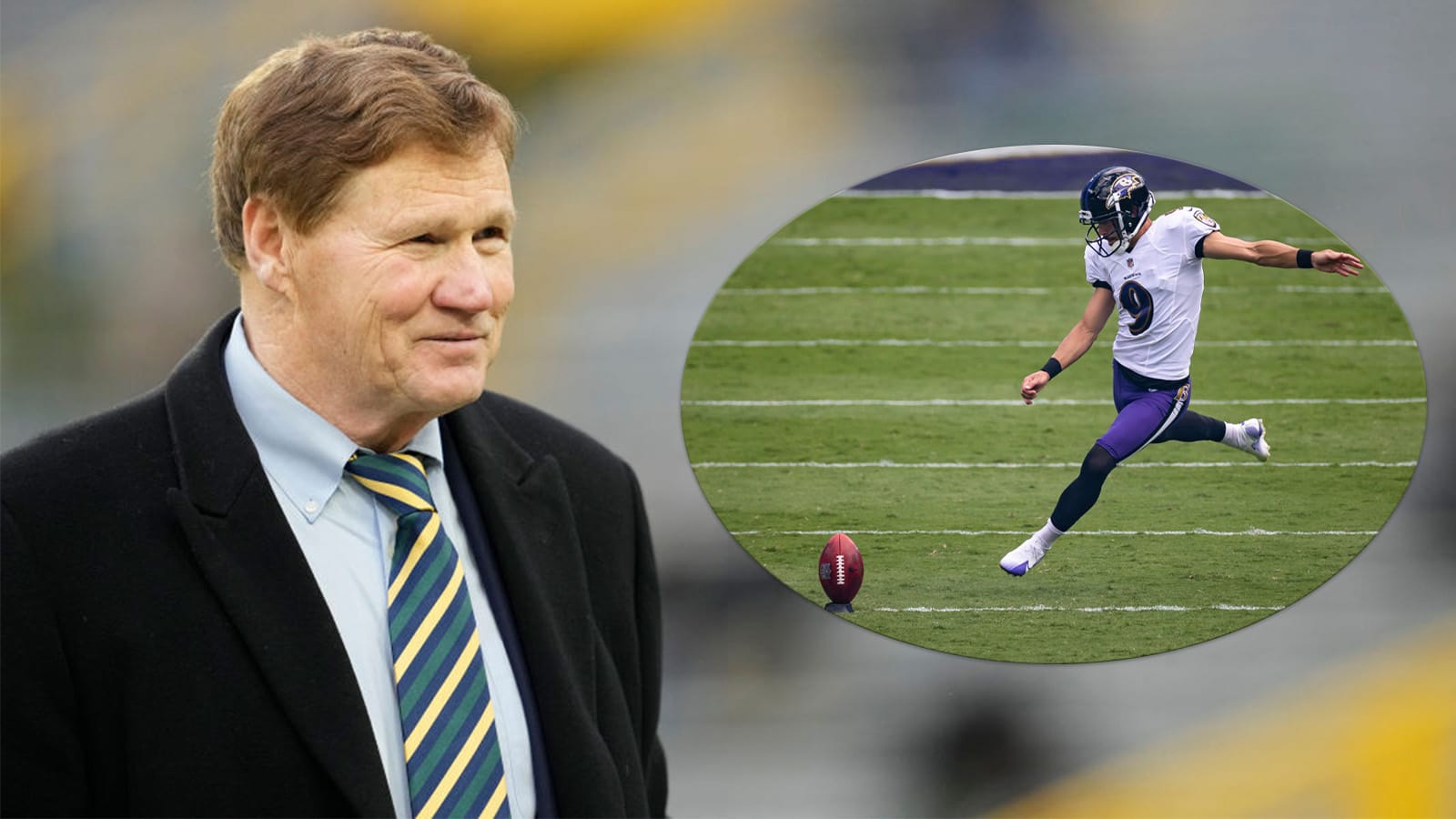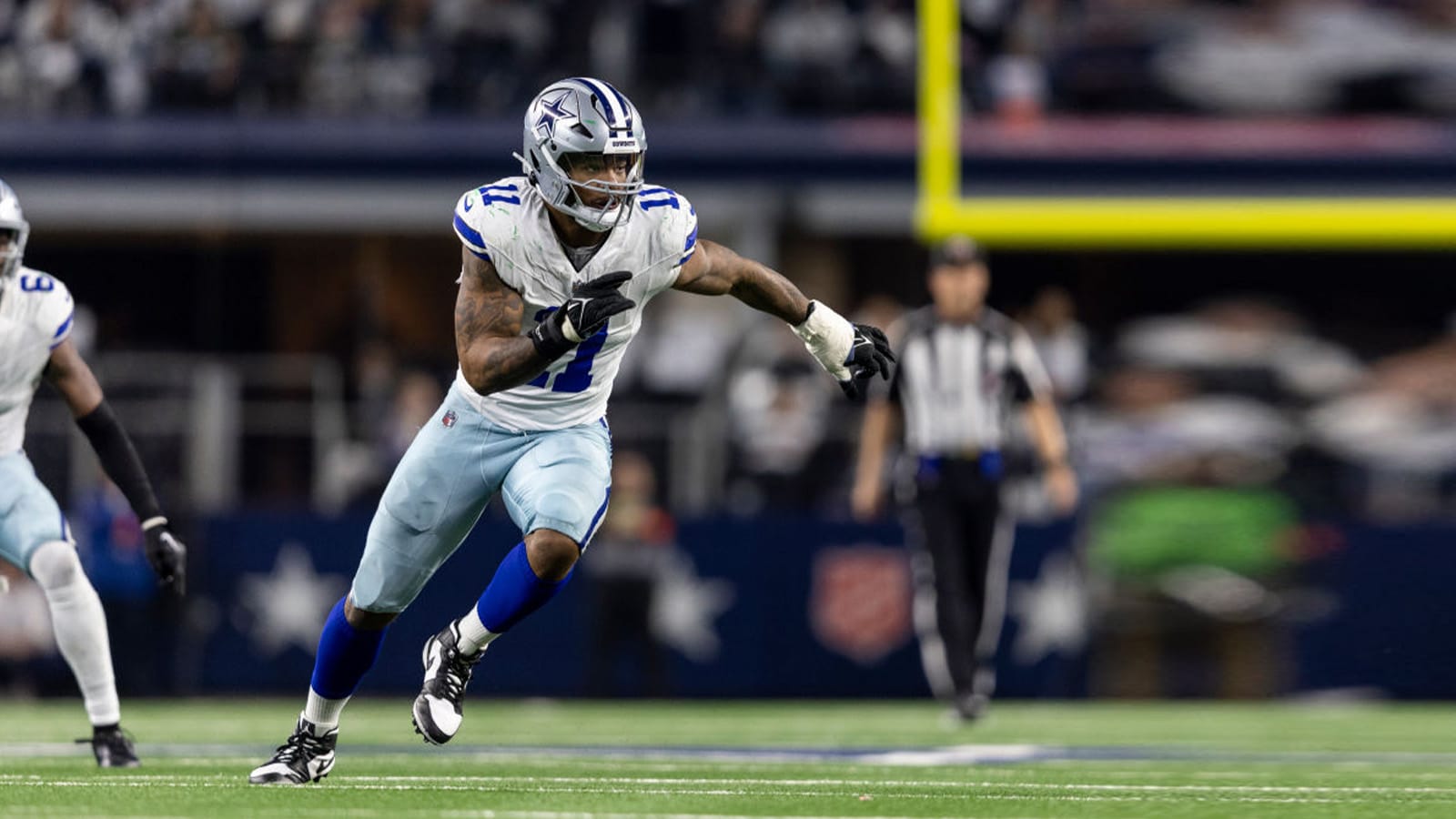
The Rams-Buccaneers Playoff Game in ’99 Changed the NFL in an Instant
Every NFL player wants their name to go down in history, to become synonymous with the game. Franco Harris and David Tyree will always be remembered for the remarkable plays they engineered. The legendary coaching career of Vince Lombardi is memorialized on the Super Bowl trophy.
But sometimes a player gets linked the to league in ways they’d altogether like to forget. For instance, if there’s a rule named after you, it’s probably not for anything good.
Deacon Jones was one of the greatest pass rushers in history, but his legacy is the rule named for him that disallows his signature move, the head slap.
Whether you call it the Carson Palmer Rule or the Tom Brady Rule, they both had to suffer terrible knee injuries before the league banned the below-the-knee hits in quarterbacks.
And then there was Bert Emanuel. No offense to the wide receiver who played for five different teams between 1994-01, but his career in the NFL probably shouldn’t be remembered. Instead, Emanuel is going to go down in history for a play that changed the way the NFL defines a catch, although Dez Bryant is probably still wondering about that, too.
It’s all because of one play in the 1999 NFC Championship Game, which is the last time the Tampa Bay Buccaneers and the Los Angeles Rams met in a playoff game before they renew postseason pleasantries on Sunday in the NFL Playoffs Divisional Round.
The fortunes of both franchises turned on that controversial play 23 years ago and caused the NFL to completely redefine what is and isn’t a catch.
The Buccaneers were poised for a major upset, then the replay referee made a phone call
The 1999 season was the storybook tale of Kurt Warner and the St. Louis Rams. Pressed into starting duty almost literally from off the street after a preseason injury to starter Trent Green, Warner turned in one of the most remarkable seasons by a quarterback as the Rams’ offense put up video-game type numbers in reaching the NFC Championship Game on January 23, 2000.
Their opponent, the Tampa Bay Buccaneers, got there with defense. Forced to use their own backup quarterback, Shaun King, for the final five weeks of the regular season, the Buccaneers rode the defense into the NFC title game and held the mighty Rams offense to 11 points late in the game.
The problem was, the overmatched King could only muster six points, but he got it together just in time to lead the Buccaneers on a drive that seemed poised to produce the winning score.
On 2nd-and-22 from the Rams’ 35-yard line and 1:25 left, King found Emanuel for a diving 13-yard reception to make it 3rd-and-10 from the 22.
Buccaneers coach Tony Dungy signaled timeout. What he didn’t know, what no one knew, was that the replay official had also requested time.
Was it a catch? Not a catch? The ruling upended a title game and changed the NFL forever
The 1999 season marked the return of instant replay for the first time since it was shelved after the 1992 season. One of the features was that the replay booth could call for a review inside the final two minutes, and in this case, the replay official thought he saw something in Emanuel’s catch that needed another look.
No one seemed to understand what there was to check. Emanuel never lost control of the ball all the way to the ground. In the CBS booth, John Madden and Pat Summerall were stumped. That was a catch.
Madden: “Yeah, that’s good.”
Summerall: “He had possession. The ball might have hit the ground, but he had it.”
Madden: “I don’t think you can take that one away.”
Summerall: “I don’t think you can either.”
“The ball might have hit the ground.” That’s what replay official, the veteran Jerry Markbreit, and game referee Bill Carollo were discussing under the hood. They determined that though Emanuel had possession throughout the catch, the point of the football touched the turf.
That was enough. The ruling on the field of a catch was overturned.
The stunned Buccaneers never recovered. Now 3rd-and-23, Tampa ran two more plays and turned it over on downs. The Rams moved on to the Super Bowl and beat the Tennessee Titans to complete Warner’s Made-for-Hollywood season.
In 2015, the Bert Emanuel Rule could not save Dez Bryant and the Cowboys
It didn’t do the Buccaneers any good, but even the NFL league office realized something had gone terribly wrong. Emanuel’s catch should have been ruled legitimate, and the league would change the rule regarding completions that offseason, clarifying that if a receiver has control of the ball, even if the ball touches the turf in the process, it is a catch.
“Everyone in America knew it was a catch,” Dungy would later tell the Tampa Bay Times. “But we had to write a rule that said it was a catch. Pretty ludicrous when you think about it.”
The change is forever known as “The Bert Emanuel Rule.”
“I was bitter,” Emanuel said in an NFL Films feature years later, “because I don’t think any player goes into the NFL thinking, ‘I want a rule named after me.’ “
Emanuel isn’t the only one who is bitter.
The Bert Emanuel rule gave way to the Calvin Johnson Rule in 2010, which tried to define when a catch is a completed catch after Johnson famously dropped what appeared to be a completed touchdown catch against the Bears.
That rule became famous in another playoff game, the 2014 NFC Divisional Playoff between the Dallas Cowboys and Green Bay Packers, when Dez Bryant appeared to catch a touchdown on a fourth-down play, only to have his catch ruled not a catch, costing Dallas the game.
The NFL revised that rule in 2018. They did not name it the Dez Bryant Rule.
Stats courtesy of Pro Football Reference


